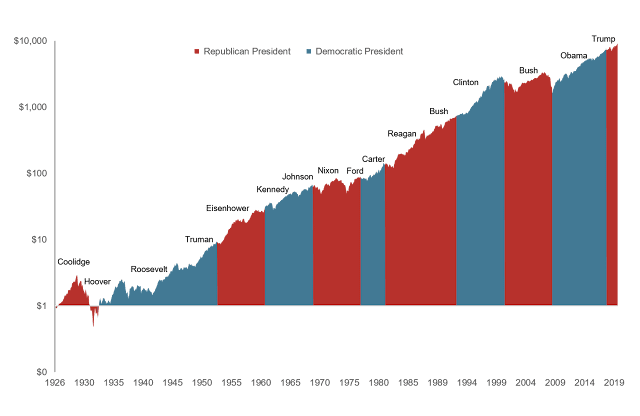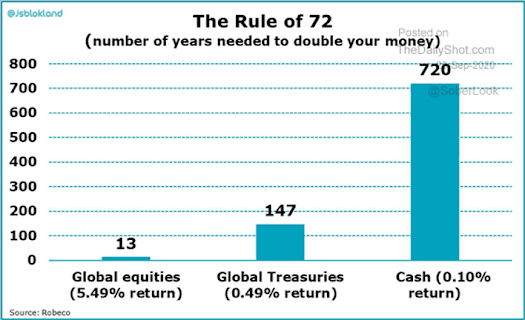Even though things are different this year, we’re keeping one of our favourite holiday traditions –
the EdgePoint gift list.
We believe gift cards and presents from your local restaurant or a business always make a great gift, especially this year.
Here’s what’s new in the 2020 edition:
• Where possible, we added local Canadian retailers in addition to Amazon links
• EdgePoint swag – A mask and long-sleeved t-shirt
• Recommendations of products made by businesses in our Portfolios
We hope all of you stay safe during the holiday season.
Calming investors’ market anxiety
Morningstar conducted a study to understand how market downturns can affect investors’ decision-making. Specifically, whether particular pieces of advice from a financial advisor could differently affect investors’ engagement with the market during increased volatility. This study turned up three main findings:
1. There’s power in seeing increased volatility as an opportunity. Most people preferred to either stay put or sell when they faced the story and historical performance conditions. Only when the situation was phrased as an opportunity did the majority of people buy additional stock.
2. The active stay active. Across all forms of the experiment, participants who self-identified as active investors were approximately 2.4 times more likely to want to buy during a downturn compared with people who didn’t view themselves as investors.
3. Emotions matter. Participants who reported experiencing positive emotions during the pandemic were more likely to purchase additional assets across all three forms of the experiment.
These findings suggest that during a downturn it may be more beneficial to help clients reframe their thinking so they feel positive about investing, rather than to simply encourage them to purchase.
Vaccine research and development has improved massively throughout history
Below are the compiled timelines of vaccine development throughout history, from polio to swine flu, to demonstrate how the pace of research has evolved.
Four valuation metrics using median S&P 500 Index data
Cheese prices are plunging as Covid’s second wave drives diners from restaurants. The pandemic is forcing U.S. officials to yet again tighten their grip on eating out, and that’s cutting into prices for cheese and other dairy products across the U.S. Some wholesale cheddar prices have fallen more than 40% this month.


















































